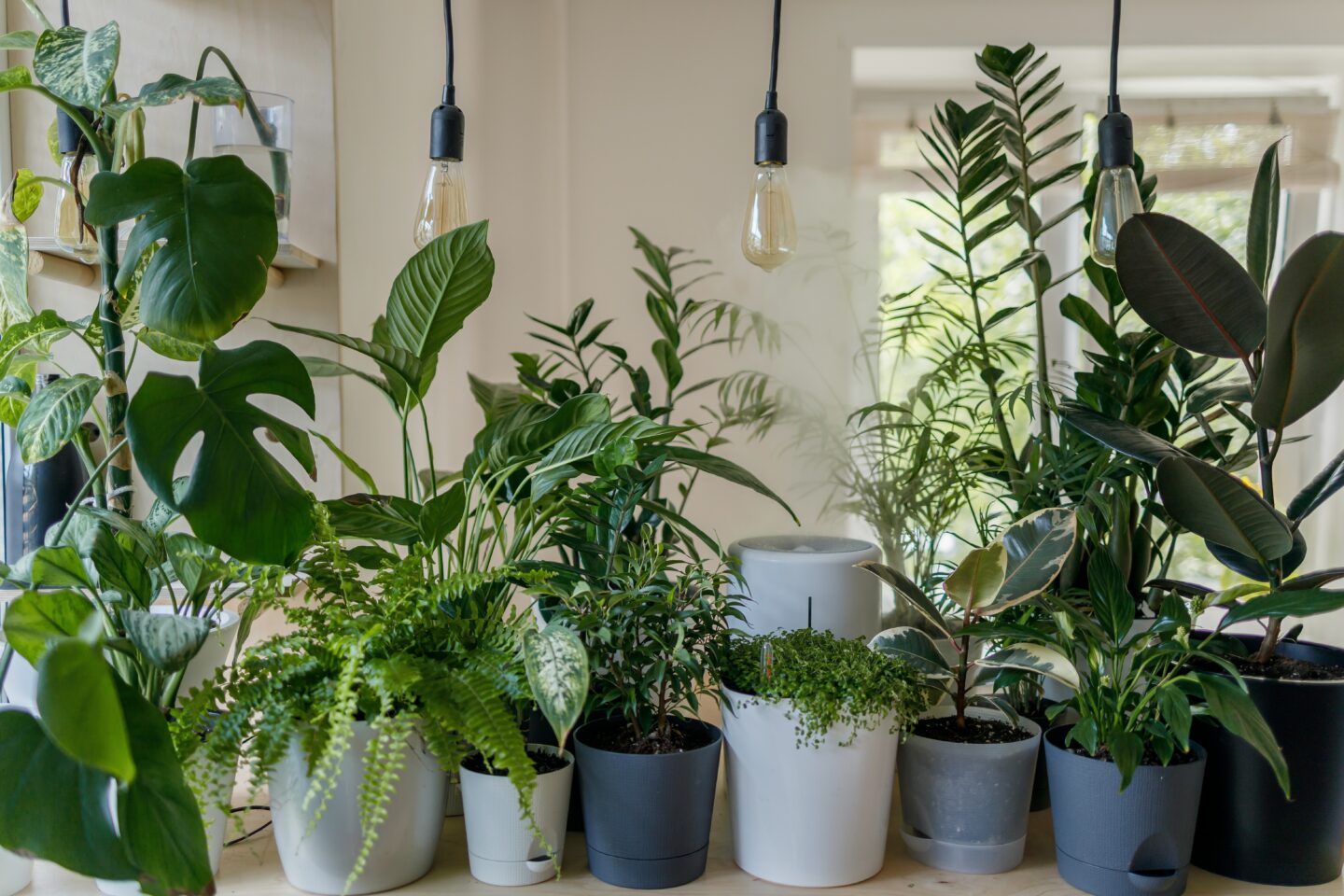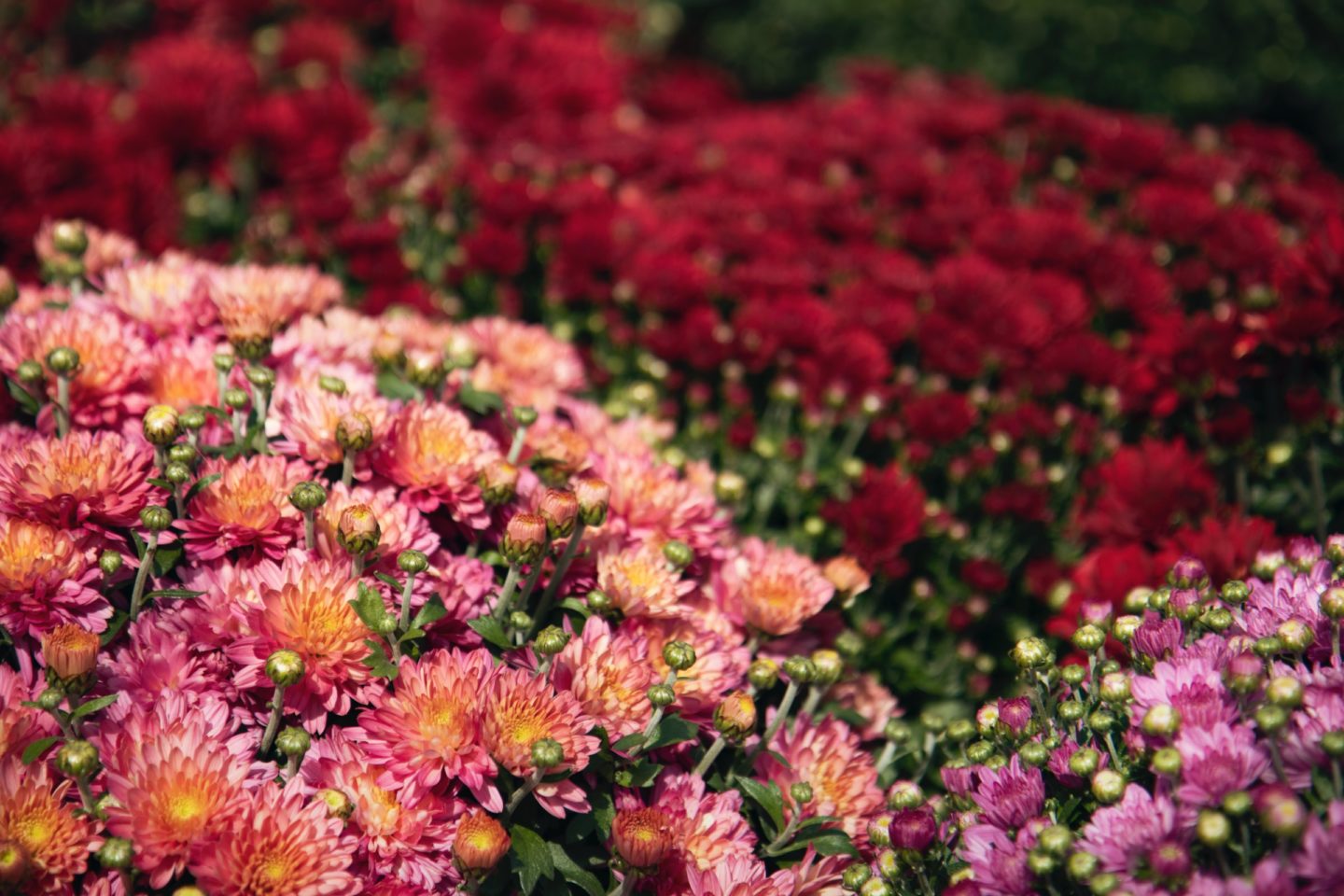In late fall, once all of your perennials have started to turn brown and die back, it’s time to prune some and leave some to cut back in spring. It’s common to think that everything should be chopped down to the ground in the fall, but some perennials actually need their foliage to protect new shoots through the winter. Other varieties offer up important habitat for local wildlife and some perennials provide height and interest through the winter months. We’ll go over a sampling of common perennials here in Vermont and list when to cut them back (and why).
Perennials To Cut Back In The Fall
There are a variety of perennials that should be cut back in the fall. Prune foliage down to just a few inches from the ground and make sure to clear away any debris from the garden to help prevent disease and rot in the early spring.
If perennials (like Bee Balm or Phlox) were diseased this past season, cut the foliage all the way down to the ground and don’t compost it. Throw it away or dispose of it in an area far enough away from the garden that other plants won’t be subject to the disease. Make sure to clean your pruners with a mixture of bleach and water after dealing with any diseased plants.

Plants To Cut Back In Fall:
- Bearded Iris
- Bee Balm (Monarda)
- Phlox
- Lilies
- Gaillardia (Blanket Flower)
- Catmint (Nepeta)
- Columbine (Aquilegia)
- Daylily (Hemerocallis)
- Peony (Paeonia)
- Salvia
- Solomon’s Seal (Polygonatum odoratum)
- Yarrow (Achillea)
- Hostas
- Astilbe

Perennials To Leave Up Through The Winter
There are several common perennials that should be left up throughout the winter for a variety of reasons, including protection, adding winter interest, and helping local wildlife.
Plants to Cut Back In Spring:

- Annual wildflowers. If you planted annual wildflowers like Cosmos, Zinnias, or Sunflowers, leaving them up through the winter helps them to drop their seeds and come back the next year. If you can’t stand leaving them up (or are part of an HOA that makes you cut them back), cut them back and leave the debris on the ground. This should help them drop some seeds for the next season.
- Echinacea (Coneflower) and Rudbeckia (Black Eyed Susan) should be left up until spring to attract and feed birds throughout the winter.
- Sedum and Ornamental Grasses should be left throughout the winter to add height and interest.
- Butterfly Weed (Asclepias), Ferns, and Heuchera (Coral Bells) should be left until spring because the foliage helps protect their crowns.
Hydrangea is an illusive shrub that can be pruned in the late winter/early spring or just after they’ve finished blooming, depending on the variety. Hydrangeas that bloom on old growth (like “Endless Summer”) should be pruned immediately after they’ve finished flowering. Hydrangeas that bloom on new growth (like the popular “Annabelle” and “Limelight”) should be pruned in the late winter or early spring. This is why it’s always good to save plant tags or write down which varieties you have in your garden!
Fall cleanup can sometimes seem daunting, but with all of the right information at your fingertips it can be done in just a few short hours.



